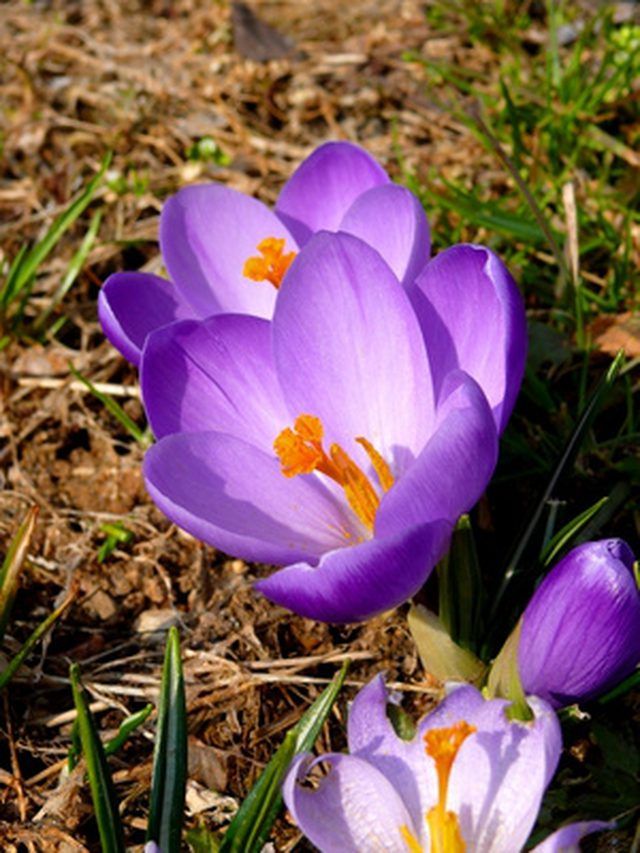Bulbs
Flower Basics
Flower Beds & Specialty Gardens
Flower Garden
Garden Furniture
Garden Gnomes
Garden Seeds
Garden Sheds
Garden Statues
Garden Tools & Supplies
Gardening Basics
Green & Organic
Groundcovers & Vines
Growing Annuals
Growing Basil
Growing Beans
Growing Berries
Growing Blueberries
Growing Cactus
Growing Corn
Growing Cotton
Growing Edibles
Growing Flowers
Growing Garlic
Growing Grapes
Growing Grass
Growing Herbs
Growing Jasmine
Growing Mint
Growing Mushrooms
Orchids
Growing Peanuts
Growing Perennials
Growing Plants
Growing Rosemary
Growing Roses
Growing Strawberries
Growing Sunflowers
Growing Thyme
Growing Tomatoes
Growing Tulips
Growing Vegetables
Herb Basics
Herb Garden
Indoor Growing
Landscaping Basics
Landscaping Patios
Landscaping Plants
Landscaping Shrubs
Landscaping Trees
Landscaping Walks & Pathways
Lawn Basics
Lawn Maintenance
Lawn Mowers
Lawn Ornaments
Lawn Planting
Lawn Tools
Outdoor Growing
Overall Landscape Planning
Pests, Weeds & Problems
Plant Basics
Rock Garden
Rose Garden
Shrubs
Soil
Specialty Gardens
Trees
Vegetable Garden
Yard Maintenance
What Is Double Fertilization in Angiosperms?
What Is Double Fertilization in Angiosperms?. Angiosperms are flowering plants that produce seeds enclosed within an ovary structure, or fruit. The process of double fertilization is common to all angiosperms as well as a few of the gymnosperms, or plants that produce seeds not enclosed in an ovary.

Angiosperms are flowering plants that produce seeds enclosed within an ovary structure, or fruit. The process of double fertilization is common to all angiosperms as well as a few of the gymnosperms, or plants that produce seeds not enclosed in an ovary.
Two Sperm Cells
Double fertilization refers to the two sperm cells required for the process of generating each seed. One sperm is needed to fuse with an ovum to become a zygote, or embryonic plant. The other sperm fuses with the nuclei of two other female cells to produce the first cell of the endosperm that provides nutrition for the growing embryo.
Ova Formation
The formation of ova begins with a single diploid mother cell. Diploid cells contain two copies of genetic material. The diploid cell undergoes a division process that results in eight haploid daughter cells, each one containing one copy of genetic material.
Sperm Cells
Sperm cells begin as a grain of pollen. Each pollen grain is the source of a pollen tube and a haploid sperm nucleus. The pollen tube is generated first to allow the sperm cell to travel to the ova. In the process, the sperm nuclei divides through mitosis to become two haploid sperm.
Fertilization
Three of the eight daughter cell nuclei degenerate. One cell, surrounded by two helper cells, is fertilized by a haploid sperm cell, becoming a diploid zygote. The zygote will become a plant embryo. The two helper nuclei degenerate. The two remaining cells fuse with the second sperm cell, becoming a triploid endosperm cell with three copies of genetic material.